We don’t do a lot of the typical writing activities and assignments that are popular in public schools (and homeschools!). In case you are over your shock and horror over the fact that I don’t have any assigned reading in my homeschool, I have also never assigned my fourth grader a book report! Neither have I required her to keep a journal or to write a story. We haven’t used any writing prompts either.
It’s my opinion that young writers do not need to be made to be creative — they are creative by nature! Just as a young child will freely build, paint, or draw if given the tools and the media to do so, they are also constantly creating stories and expressing their ideas through words and play.
The trouble with requiring creative writing (in young children especially) is that you are compelling a child to create without having first provided the tools required! Expecting a young child to compose a piece of original writing can actually prove to be quite stressful — the physical act of writing, spelling, grammar, AND the challenges of organizing his own ideas can be overwhelming.
This is why it is essential that the focus be on developing the skills of self expression first. What they need most is mastery of the tools required to properly express themselves.
How are these skills developed? What are these tools?
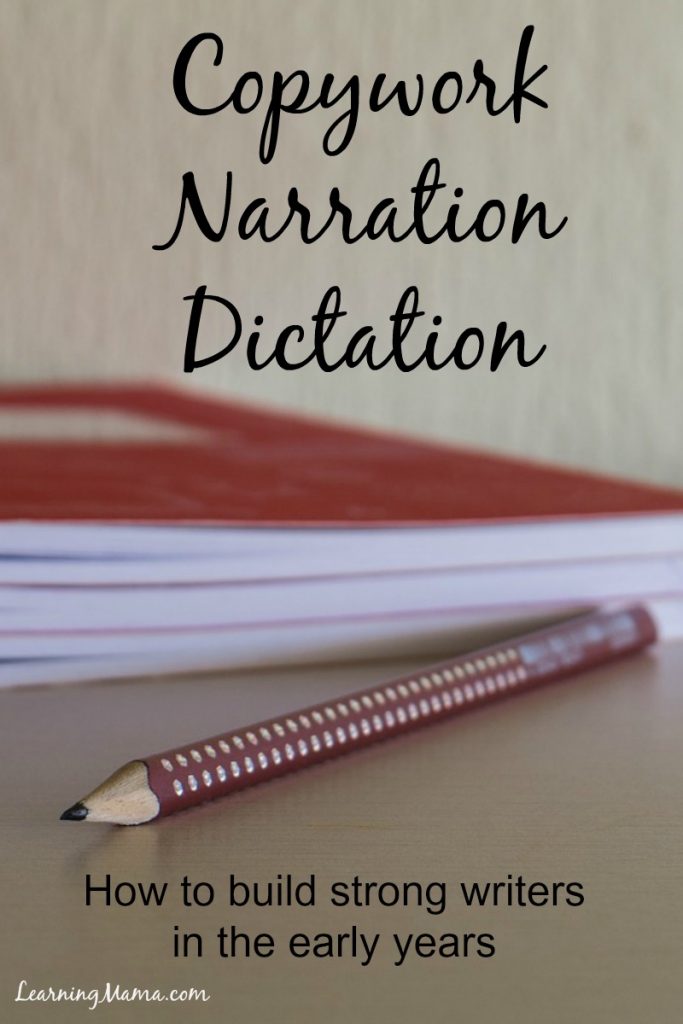
The good news is that laying the foundation for good, written self-expression is very simple. You don’t need to invest a lot of money (or even time) to work on these skills with your child. Any good, early writing curriculum will include these three components, this three pronged approach to writing instruction:
- Copywork: copying from a model
- Narration: telling back in one’s own words what was heard
- Dictation: hearing, remembering, and transcribing word for word what is heard
Copywork, narration, and dictation are found throughout the classical and Charlotte Mason models in the early years, and any good writing curriculum will not only include these components but be based on them.
Join me in this series of three posts as I explore the value of these tools, and how we have implemented these early writing methods in our own homeschool:
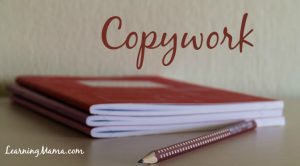
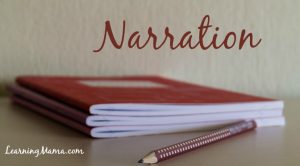
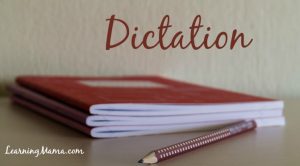


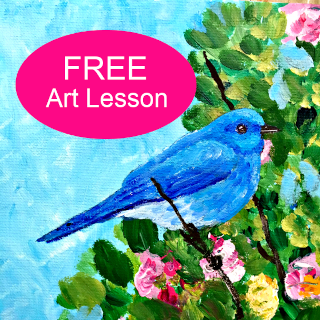

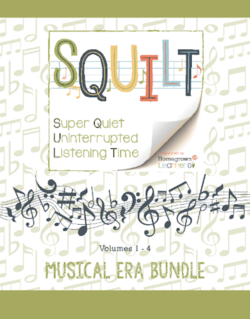
It has been my experience that if I supply the tools and model the behaviour, my kids will create. I’ve often left drawing and painting supplies on our dining room table and have discovered my son drawing and painting to his heart’s content a few hours later. And my daughter (who is an avid writer) arrived at writing in much the same way. I provided notebooks and then I went about my routine of writing twice a day in her presence. It wasn’t long before she was composing stories. And the more she writes, the better her writing becomes.
A LOT is learned through modelling!
This may seem like a dumb question that you address elsewhere, but I’m new to your blog and thought I would ask it here. When your kids do copy work, do you require it to be perfect handwriting? I know one of the main points of copy work is to practice penmanship, but I find that my 11-year old (boy) is so bound by perfectionism. He gets so frustrated with making sure copywork is done neatly that I feel like he misses the point, and all of the rich learning that could be had with the material — if the perfectionism were taken out of the equation. As I’ve thought through this, I’ve thought about doing HWT (cursive) as his area for perfecting his script– and then using copywork as a way for him to learn to actually write (grammar, etc) and less as a penmanship exercise. Thoughts about this?
I can’t comment at all related to the perfectionism — that isn’t a particular struggle (or blessing?!) that anyone has in our family LOL! I do require them to use their best handwriting though, and encourage them to make it beautiful. Handwriting practice is one benefit to copywork among the others you mentioned. I don’t use copywork to the exclusion of other methods though, and we use separate grammar and spelling programs.
I love this! My daughter is in public school (hopefully we will start homeschooling next year!) and is struggling with writing for this very reason. Spontaneous, creative writing is hard for adults who know how to write, and especially so for children who still have trouble with spelling, vocabulary, and handwriting.